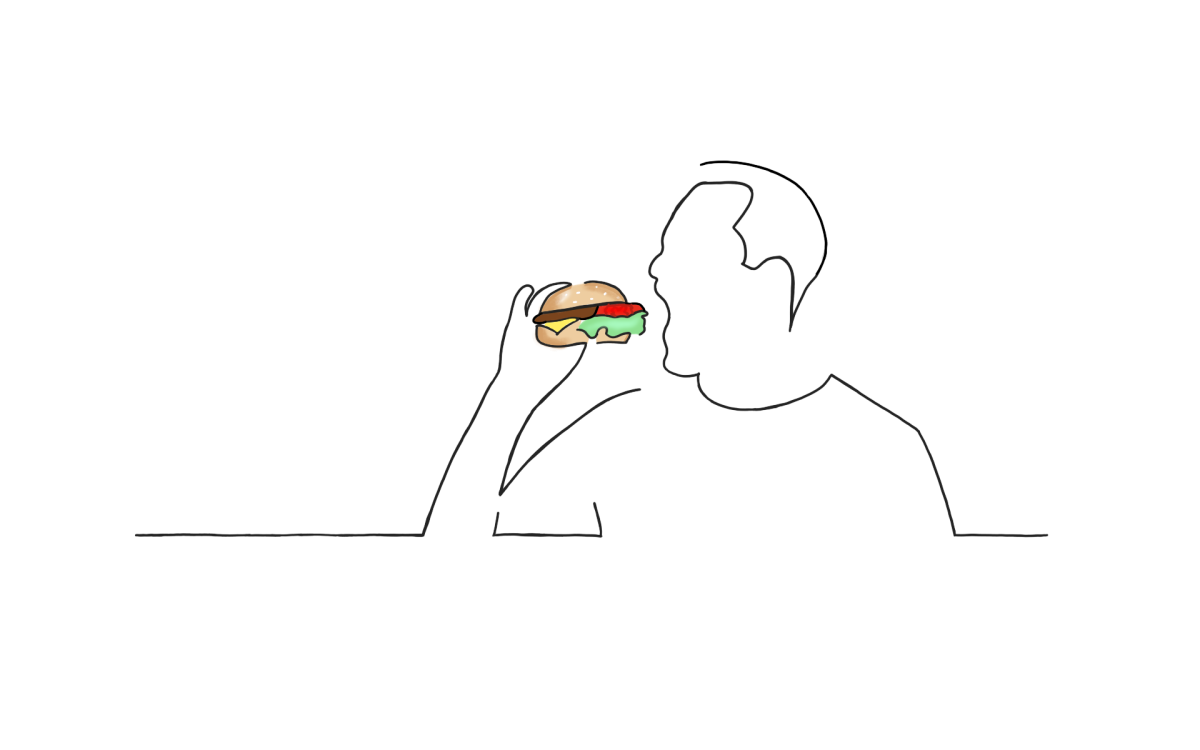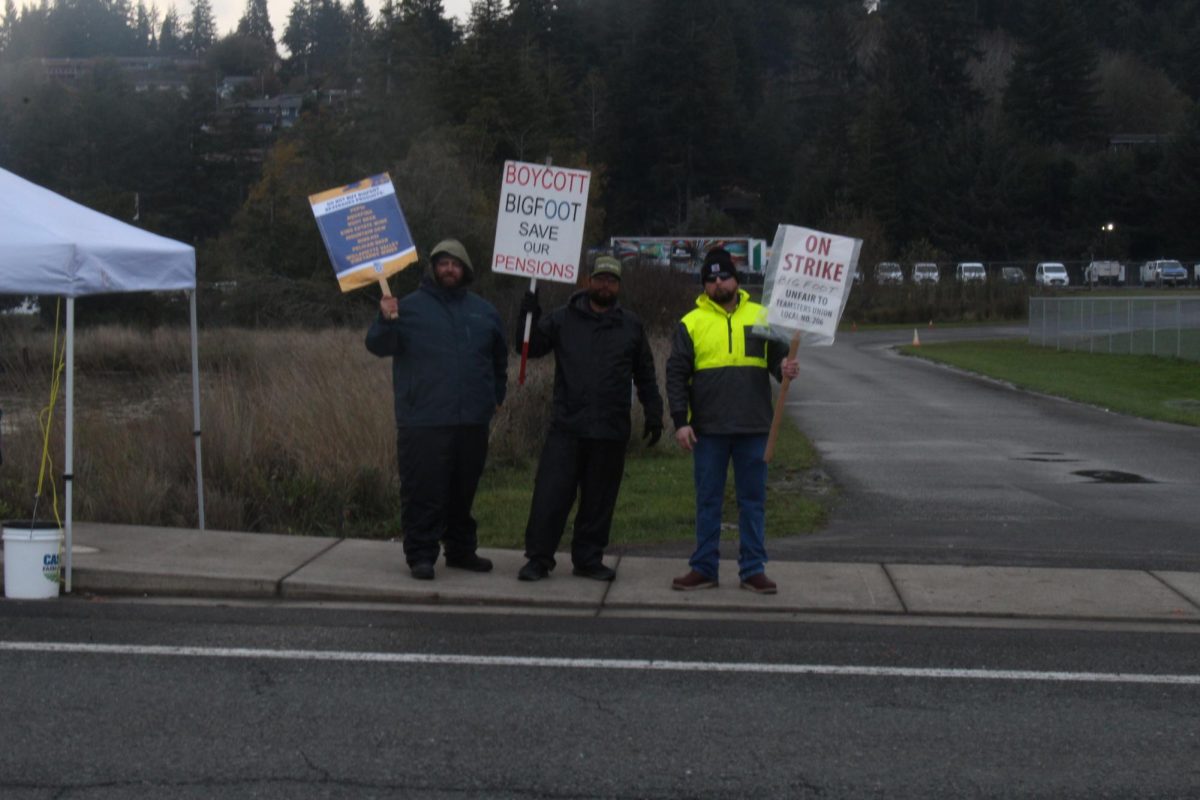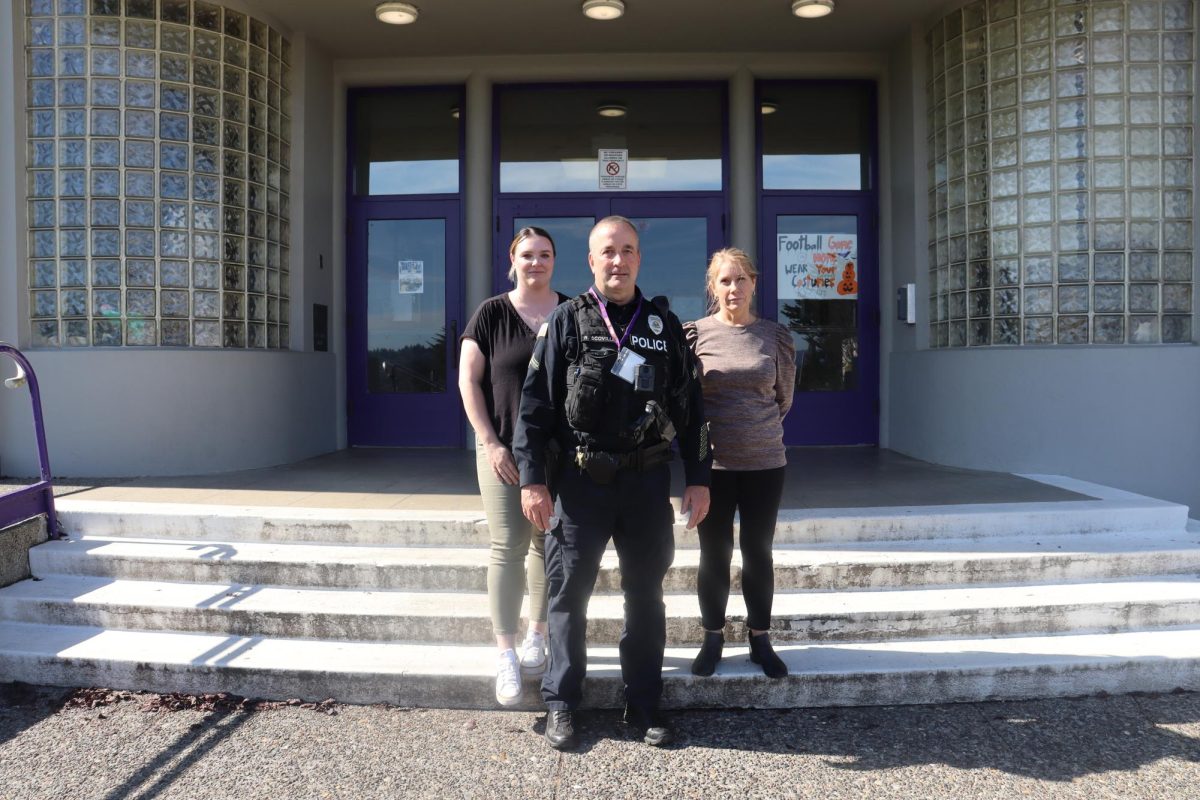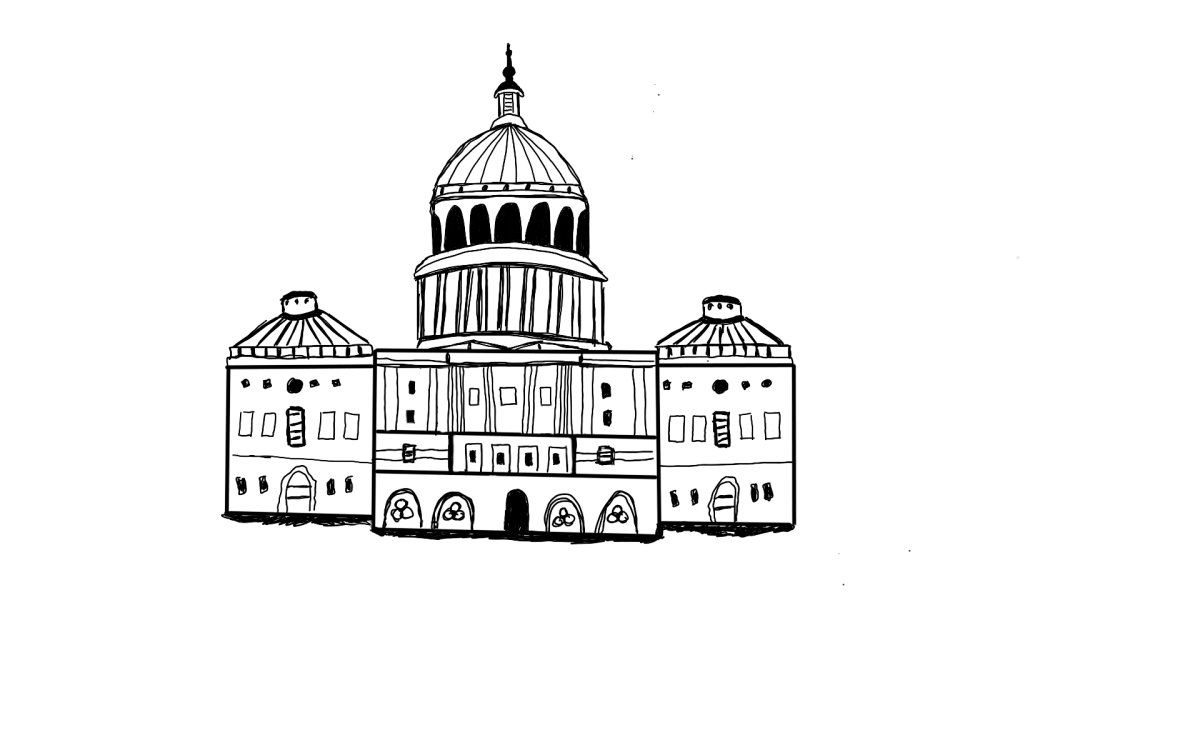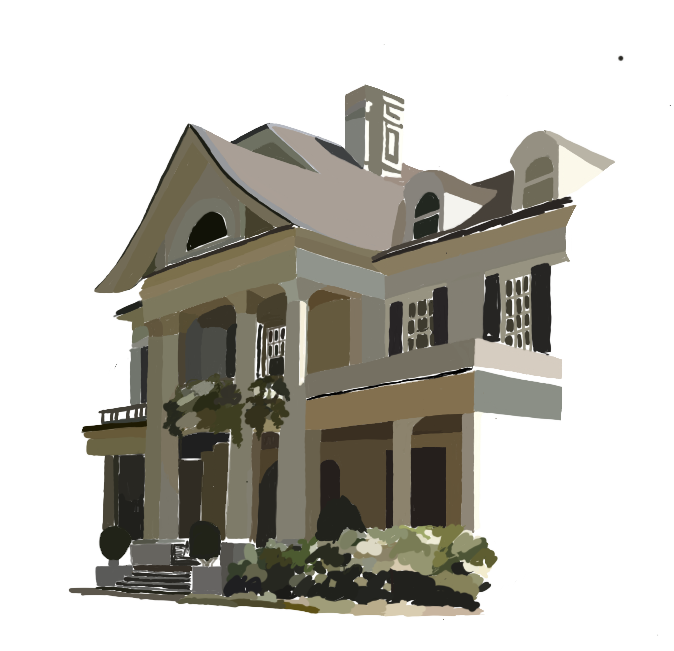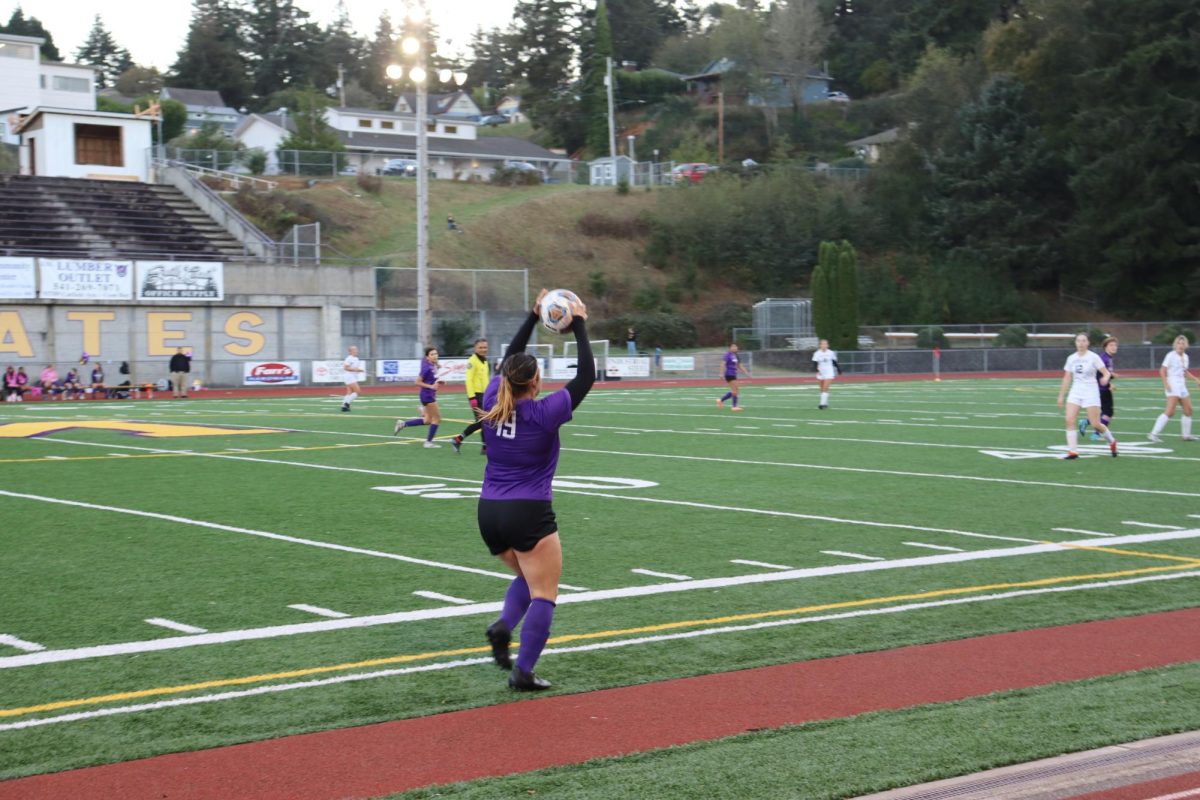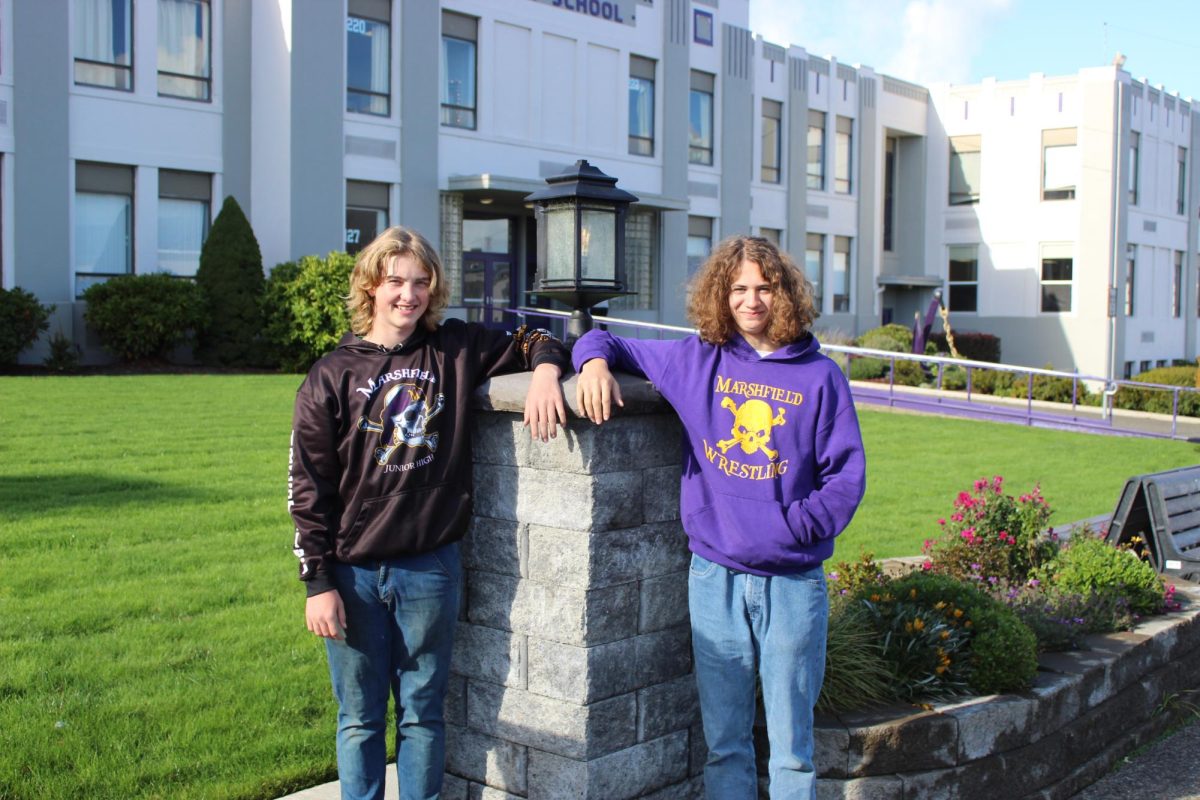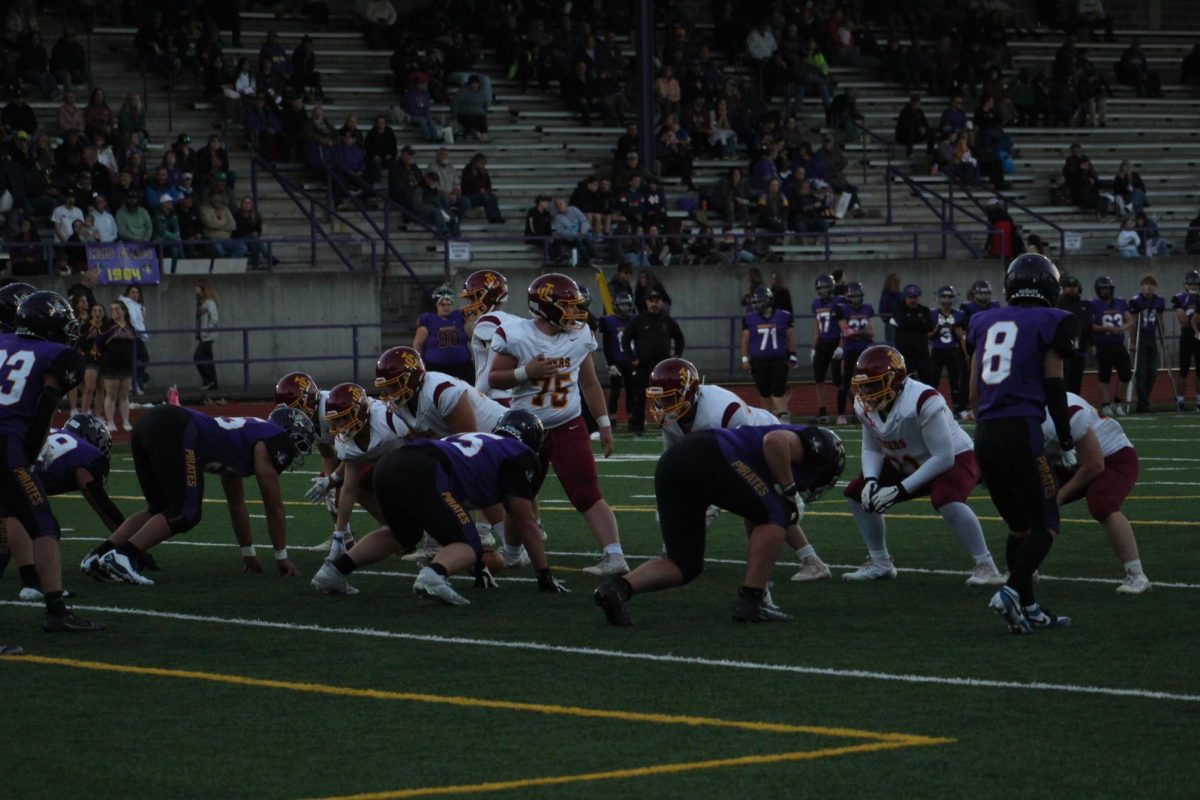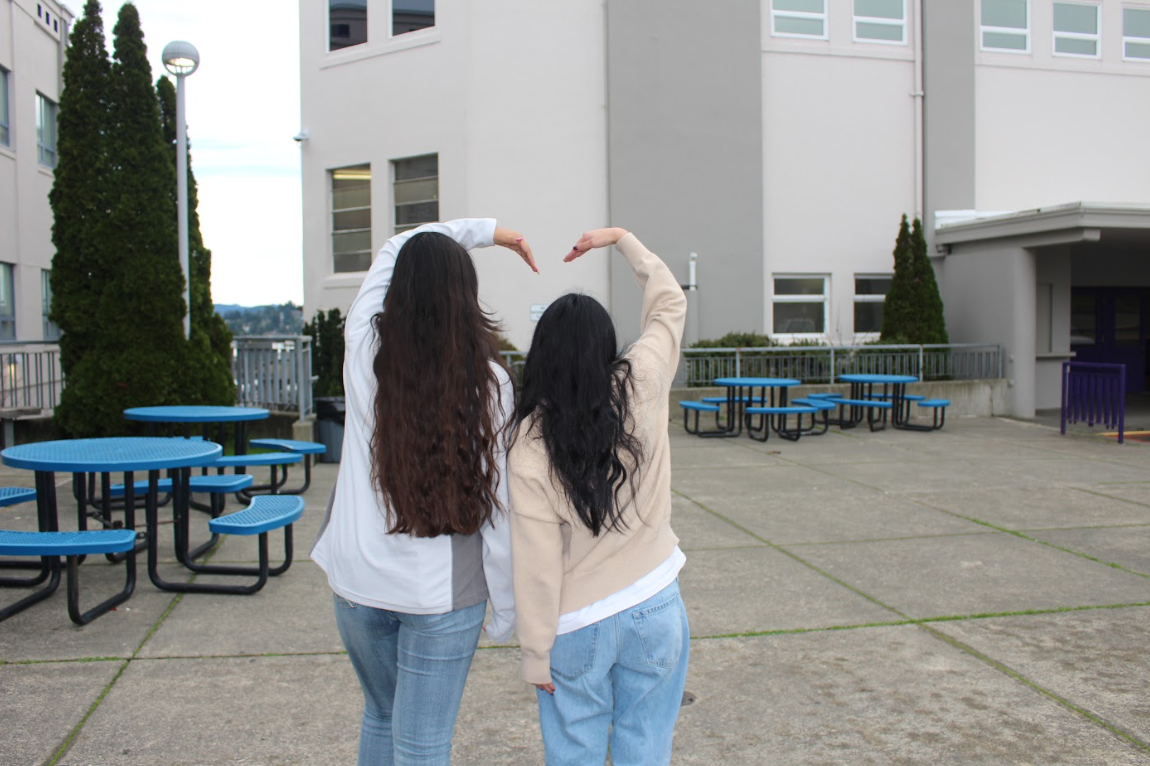The term “third place” was first coined by Ray Oldenburg in his book, “The Great Good Place,” which was published in 1989. In his book he creates the concept of three places, The first place being home, the second is work, and the third place, a neutral ground.
The third place has to meet a majority of the eight characteristics: it must be neutral ground, have little to no obligation to be there–whether that be financially, politically, or legally. There also must be a playful mood, regulars and, most importantly, conversation. Some examples include churches, local cafes, clubs, community centers, libraries, stoops, parks, theaters, the pool, skating rink, YoungLife, and communal gardens.
Although “third places” still exist, it is not in abundance, and teens feel this. The rise of digital connectivity and the demands of modern life have reshaped social landscapes. However, that doesn’t mean they’ve vanished entirely. In fact, many communities actively seek to cultivate and preserve these spaces, recognizing their invaluable role in fostering a sense of belonging and connection.
In urban settings, local cafes often serve as vibrant “third places” where neighbors gather for a cup of coffee and conversation. Community centers host events and activities that bring people together, while libraries provide not only books but also a quiet refuge for contemplation or shared study sessions. Parks and public squares offer open spaces for relaxation and recreation, while theaters and cultural venues serve as hubs for artistic expression and communal experiences. Even in more suburban or rural areas, churches continue to fulfill the role of “third places,” offering not only spiritual nourishment but also opportunities for fellowship and community engagement. Neighborhood clubs and associations provide platforms for shared interests and hobbies, whether it’s gardening, sports, or book clubs. And informal gathering spots like front stoops or local pubs still hold sway as places where familiar faces come together to unwind and catch up.
However, the challenge remains to preserve and promote these “third places” in the face of economic pressures, urban development, and shifting societal norms. As Ray Oldenburg emphasized, these spaces are vital for maintaining a healthy social fabric and combating the isolation and disconnection that can pervade modern life. By recognizing their value and actively investing in their creation and maintenance, we can ensure that “third places” continue to enrich our communities for generations to come. This lack of “third places” has a plethora of social and societal consequences. The decline in them can have several significant social consequences. There is a dramatic increase of social Isolation. With fewer opportunities for spontaneous interaction and community bonding, individuals may experience increased feelings of loneliness and isolation. “Third places” provide a vital social infrastructure for people to connect with others outside of their immediate family or work circles.
The lack of “third places” weakens community cohesion, as these locales serve as gathering points where people from diverse backgrounds can come together, fostering a sense of belonging and solidarity within neighborhoods and communities. Without these spaces, the bonds that tie communities together may weaken, leading to a decline in social trust and cooperation. It also limits opportunities for civic engagement. “Third places” often serve as platforms for civic discourse and grassroots organizing. They provide spaces where community members can come together to discuss local issues, plan events, and mobilize for collective action. The decline of these spaces diminish opportunities for civic engagement and activism at the grassroots level. Inadequate “third places” has an impact on mental health, as social interaction is essential for maintaining mental well-being. The loss of these spaces may contribute to increased stress, anxiety, and depression among individuals who lack regular opportunities for social connection and support.
Third Places play a crucial role in shaping and preserving cultural identity within communities, and can lead to an erosion of cultural identity. They provide spaces where traditions are passed down, stories are shared, and cultural practices are celebrated. Whether that be racial or regional. Without these spaces, communities may experience a loss of cultural vibrancy and heritage.
The decline in “third places” represents a loss of social infrastructure that is vital for the health and vitality of communities. Efforts to revitalize and preserve these spaces are essential for promoting social cohesion, fostering a sense of belonging, and enhancing the overall well-being of society.


